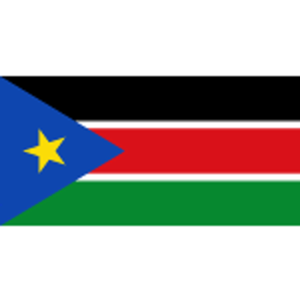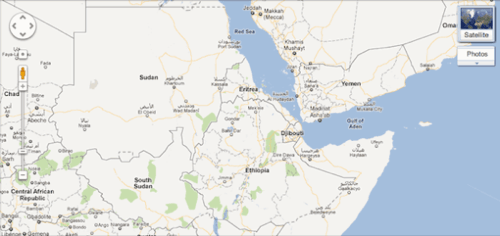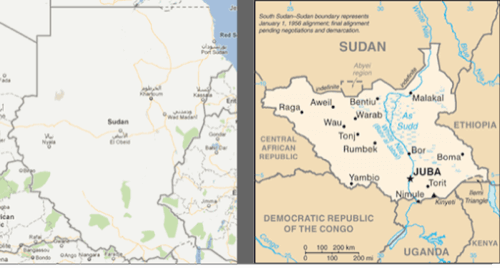Two months later, Google has joined the international community in recognizing South Sudan’s independence and adding it to Google Maps. After uprisings at the beginning of the year, South Sudan declared independence on July 9, 2011.

As we reported this summer, most of the major Web mapping services have lagged on this update. Google is the first to make the change.
The corrected live map shows South Sudan:

A Long Time Coming
While Google fixed the name of Martyr’s Square in Tripoli nearly overnight this August after Libyan rebels recaptured it, it took Google over two months to recognize South Sudan’s independence. Better late than never, though. And admittedly, it’s much harder to draw a national border than to change the name of a city square.
Interestingly, Bing was the first service to respond to our inquiries about South Sudan this summer, but its map has not yet changed. “Our next imagery update is slated to happen in the coming months,” a Microsoft spokesperson told us. “However, we are currently working on a solution to ensure users are able to locate South Sudan on Bing Maps in the interim. This temporary fix will roll out [in September].”
Google’s response was much more vague, saying Google is “committed to providing our users with the richest, most up-to-date maps possible, and as part of that effort we continuously explore ways to integrate new information into Google Maps.” The Google spokesperson had no specific comments about Sudan. Nevertheless, Google was the first map service to recognize South Sudan.
Yahoo has still not responded with comment.
Until today, Google’s map (L) showed Sudan as a unified country, but the 7/12 revision of the CIA World Factbook(R) shows South Sudan’s new borders:

Today’s announcement praises community mapping efforts in South Sudan as drivers of the change. Earlier this week, Google expanded moderator powers for community editors of Google Maps, shifting some of the editorial burden onto the public.
If you were responsible for Google Maps, how would you handle the challenge of keeping the whole world’s map up to date? Let’s brainstorm in the comments.










